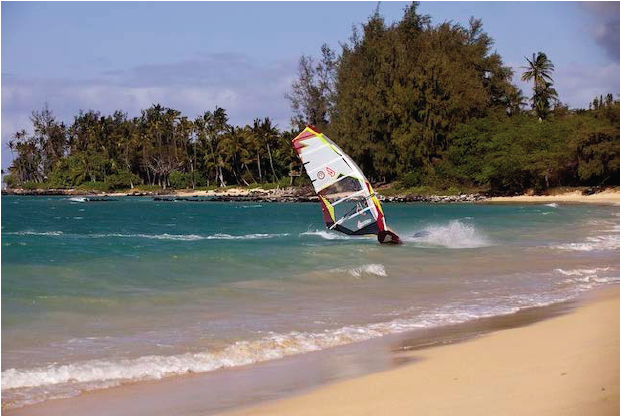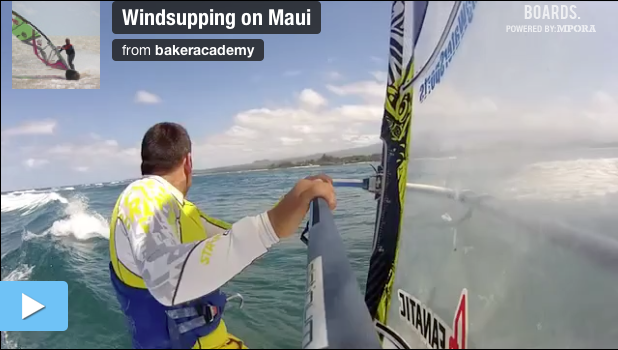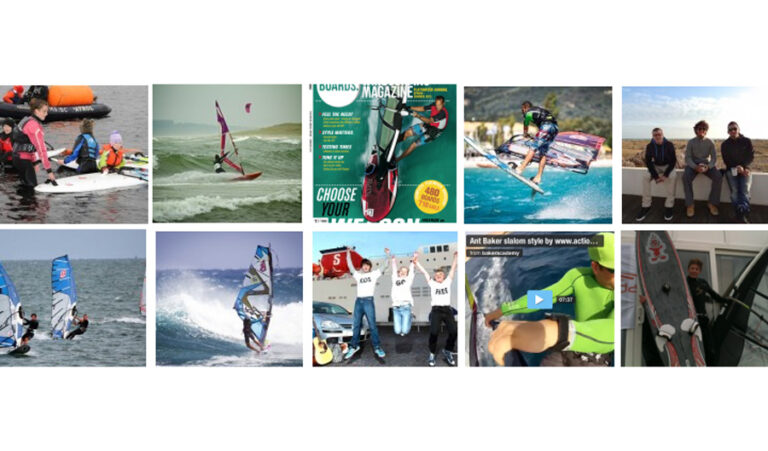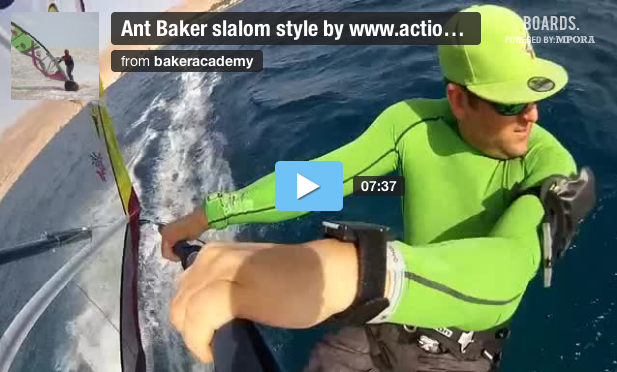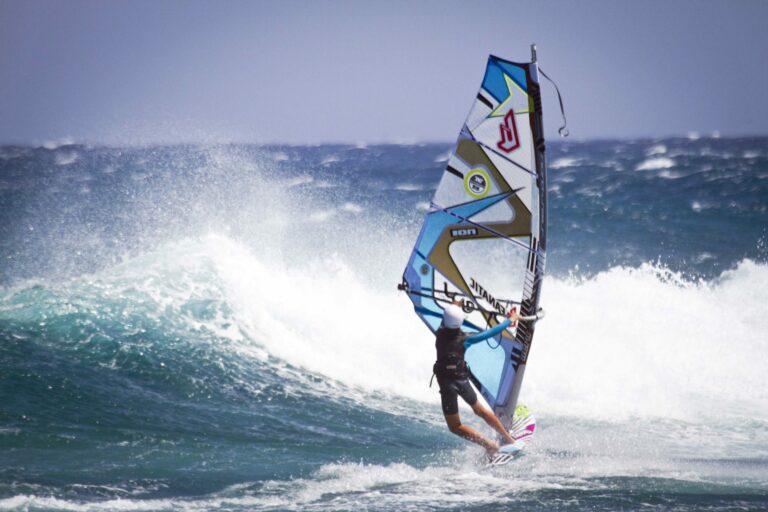Boards is joined by some of the UK’s top freestylers to guide you through the wonderful world of freestyle, from starting out, how and why you should get involved, through to equipment and taking on your first competition.
In this second part we look at equipment and approaches to learning new moves.
What are you tips on equipment set up?
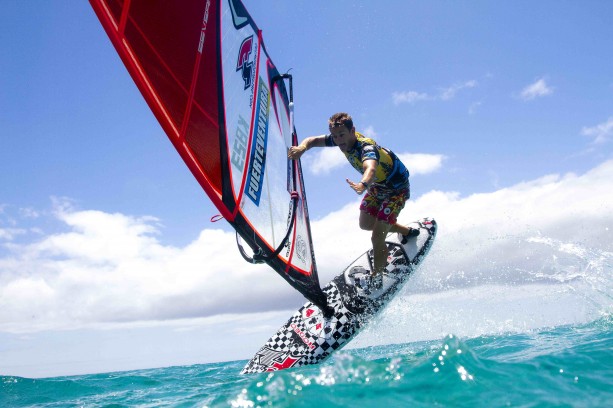
PHIL RICHARDS: Get a board with inboard straps around 80-110 litres in volume. A freestyle board is not essential for basic freestyle but it really helps to learn the moves.
Set the board up with big straps, you should be able to see all your toes once you put your foot in the strap.
Get a decent freestyle fin!!!! Yes, you can can chop your old fins in half and learn some moves but a decent machined fin will be faster, earlier to plane, spin out less and give you more control! They can be expensive but so worth it; I would recommend the excellent Choco Starfish anywhere between 16cm and 22cm depending on body size and conditions.
DANIELLE LUCAS: Try it various ways, don’t think it has to stay the same. Play around with moving your mast foot forward or back, your boom up or down and also moving or changing your fin. Also, rigging you sail in different ways can sometimes have a big effect on success rates.
MAX ROWE: Big footstraps is crucial as they allow you to get over the board fully and also prevent injuries. Try moving the bolts closer together so the strap pinches the side of your foot a bit as this makes you feel more attached to the board and will still allow your foot to rotate in the strap.
JOHN PALMER: This obviously depends on the conditions. For advanced freestyle you really need to be used to your kit, and know how to tune it, so spend time trying different set ups and tweaking if it doesn’t feel quite right. A K4 freestyle fin will help too!
ADAM SIMS: The best is when you have the sail pulled tight enough on the outhaul that it rests a little bit on the boom when you are in the gusts, then it will go neutral really easily through moves. On top of that make sure you have a nice small fin, 18cm is pretty ideal, I use it the most but I also really like 17cm, it allows me to spin a bit more through double moves.
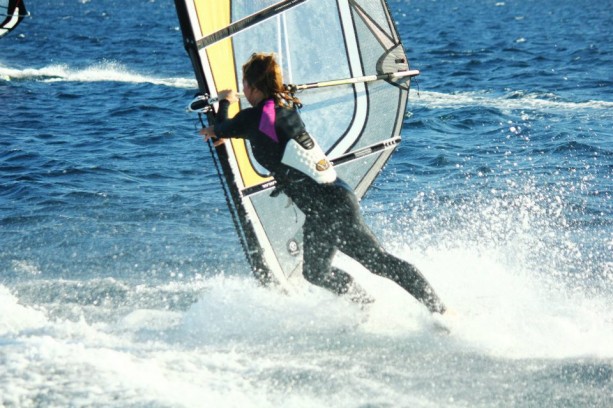
JO WRIGHT: Once comfortable popping and sliding, don’t use a board that’s too big. I was lazy and used a 100 litre for far too long, having made the switch to a 90 litre at the end of last year everything became a whole lot easier.
Putting your deck plate forwards, can help engage the nose of the board when first learning the vulcan. And don’t have you boom too low, it kills power.
COLIN DIXON: mmmmm BIG footstraps! Definitely when you are learning we don’t want you to twist those ankles. Also try moving your deck plate a tiny bit forward when learning new sliding moves, this helps get you weight forward.
How do you go about learning a new move?
PHIL RICHARDS: I like to understand the move in my head first, I tend to study others who can do it and others who are trying it and compare the difference. Watching videos helps massively in the learning process, video of others doing it and if you’re lucky enough to get the footage, video of you too. Lots of visualisation helps, I’m often pretending to do new moves in my head or miming it out on dry land (this is amusing to watch but really helpful) and eventually dedicate a few sessions of giving it a go. Lots of practice, and remember do not get angry at your mistakes, learn from them instead.
Having a lesson can really help to get you getting those new moves, having someone who knows what you need to do and can spot where you might be going right or wrong, can save you untold hours practicing the wrong skills. Don’t be too proud to admit you might need help.
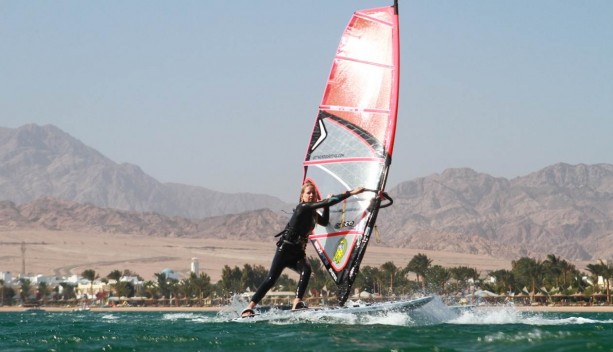
DANIELLE LUCAS: Try it, get some feedback from an instructor, then keep trying it. I watch others and know common mistakes and routes to success and keep that in mind. I value regular breaks so I don’t get fed up and also throw in some moves I can do, a duck gybe or jump etc, and sometimes try a move I think is way out of my reach too for a laugh!
MAX ROWE: I will have fully visualised it after watching it online and then go out and see what happens. Having people around you learning the same thing helps a lot, I learn so much more when I’m sailing with people better than me and of a similar standard.
JOHN PALMER: I think everyone learns in different ways but there are a few key things to consider. Really important to visualise yourself doing the move hundreds of times, watch it it online lot of times too. The more you watch it the easier it is to learn. Once you think you know the move inside out the most important thing is to only try and do one or maybe two things each time you try the move. For example if you are trying to learn to vulcan there is no point trying to learn to jump, spin the board round and flip the rig all in one go. I’d break it down to
1) learn to pop
2) learn to spin the board – focus on punching your front hand behind you and looking back. Once you do this right you should be sliding backwards…
3) then think about your hand change
4) lastly think about the end of the move.

Getting someone to video you is also really useful, you can then compare this to someone doing the move and see what they do differently. If you get angry with trying the move then stop for a while too! If you get chance sailing with people that can do the moves, or going for some professional lessons are a good way to improve quickly.
ADAM SIMS: Either I’ve seen a video or a visualise it a lot in my head. I really visualise it a lot, then at first I make drastic changes to what I’m doing during the move to see if anything helps a lot then I start fine tuning run by run. Really though, I visualise so much about the move that I feel like I’ve landed it before I even try it.
JO WRIGHT: Watch videos online. Ask others for their top tips. Then head out and try. The best way to improve is to get someone to video you and play it back. Also, getting others to try the same move as you helps as you can learn from their mistakes.
COLIN DIXON: Watch a lot on different styles online, get the move dialed in my head first then try, if you don’t know the move in your head then you have no chance!!! I’m a massive fan of muscle memory, try and get you muscles moving the right way on dry land before you try it on the water,
How long does it roughly take you to learn something new?
PHIL RICHARDS: Sometimes it has taken a few attempts, at other times a few weeks. Everyone is different and learns in their own way at different paces.
DANIELLE LUCAS: Anything between a couple of days and months. It depends obviously how much water time I have!
MAX ROWE: It varies a lot between one session or months of frustration. I’ve now found the best thing to do if something really isn’t working and starts to frustrate you then just stop trying for a few weeks and re focus on it because if you do the wrong thing enough times you are pretty much learning how to crash it!!! I always stop before it frustrates me as I learn so much faster when I’m just having fun.
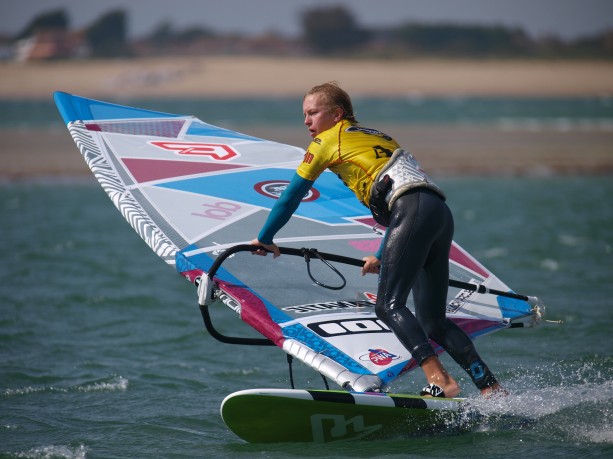
JOHN PALMER: Depends on the move! Anywhere from a few days for more simple ones, to a few years! Also depends how much time you windsurf.
ADAM SIMS: At first it was weeks, months even years but now I’d be disappointed if I didn’t learn it in one session (so long as the conditions are right and that is the only move I am going for, I get distracted easily and like making the ones I can do even bigger). Perhaps a couple of the harder moves/combos would take a bit longer, a solid week in somewhere like Fuerteventura would be enough I think.
JO WRIGHT: I guess it all depends on the amount of time I can get out on the water. I learnt to vulcan in just under two weeks in Dahab. But in the UK I sail much less, so learning takes longer. But the learning time is greatly shortened if I am sailing with people who push me and I can get some feedback on what I am trying.
COLIN DIXON: Mmm all depends on the move and you, when I leant the vulcan I did it in three days, but then flaka took three months of trying every day,

